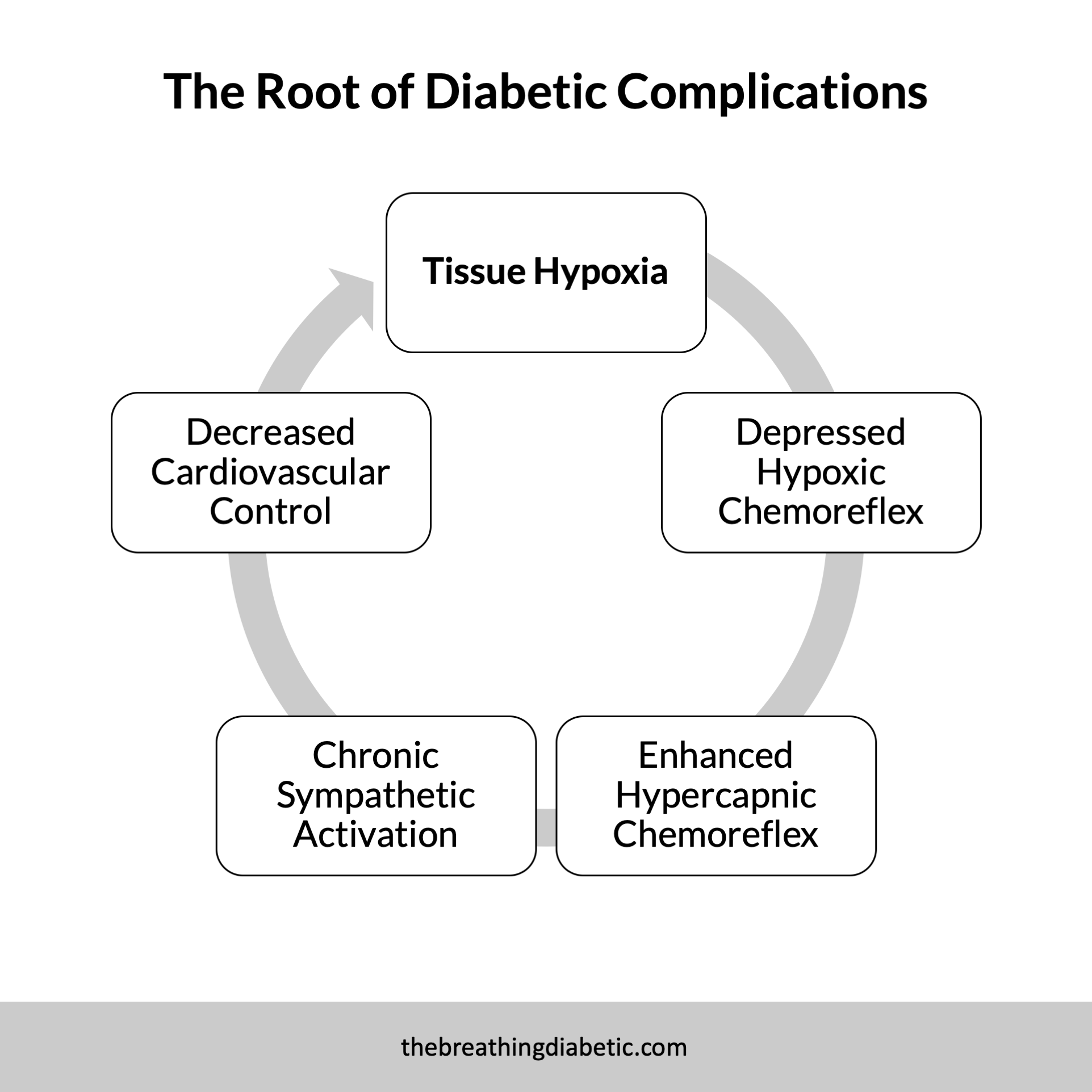Greetings,
This week’s 411 is brought to you by espresso, curiosity, my appreciation for your readership, and espresso. Enjoy!
4 THOUGHTS
1. Use Breathing Instead of Thinking
"Social psychologists now know that the truth lies in the opposite direction. People need to change their actions and their minds will follow." – Sean D Young, Stick With It
Experts tell us it’s hard to think our way out of thinking. We need to act and let the mind follow. I believe this is what makes breathing so powerful. It gives you an action you can perform anytime to trick your mind into following.
If you’re anxious, you can breathe slowly, which will calm your nervous system and lead to calmer thoughts. If you’re tired, you can breathe rapidly and stimulate your nervous system, increasing your heart rate and alertness.
There are many ways to use actions to control your emotions and thoughts. But breathing is free and easy. Stop thinking, begin breathing.
2. Post-Meal Breathing for Better Blood Sugars & Digestion
Relaxing breathing methods have been shown to reduce blood sugar spikes associated with meals and glucose tolerance tests. In Breath (pg 43), James Nestor also tells us that right nostril breathing heats up the body and aids in digestion. Together, it seems like a post-meal breathing practice might be a good idea.
I have been testing this in a simple and practical way. Specifically, I’ve been spending ~3 to 5 minutes performing either alternate nostril or diaphragmatic breathing (or their combination) after lunch.
The results have been quite noticeable. My sugars are much better (and even get low sometimes) in the hour following the meal. And these short minutes are especially helpful midday to focus my mind and get me back to work quickly.
Science + Practicality = Better Living
Even if you don’t have diabetes, adding this tiny habit after eating might help with digestion and improve energy levels. Not bad for just a few minutes.
3. More Breathing in Less Time
Brian Johnson is my favorite teacher. Long-time readers are probably sick of me talking about him : ) His motto: More wisdom in less time. In that spirit, here are a few excellent summaries Brian has made of some of the best breathing books:
A 15-minute summary of Patrick McKeown’s the Oxygen Advantage
A 21-minute summary on Anders Olsson’s The Power of Your Breath
A 15-minute summary of Belisa Vranich’s Breathe
A 21-minute summary of James Nestor’s Breath
Enjoy!
Thanks to new 411 reader W.G. for inspiring this thought.
4. The Best Advice You Can Give Someone Interested in Breathing
"Start now. Optimize later. Imperfect starts can always be improved." - James Clear
The Oxygen Advantage, Wim Hof, The Art of Breath, Buteyko, Breatheology, SKY, ujjayi, and on and on. They are all phenomenal for different reasons.
But the most important thing is to choose one and start—experience for yourself how simple and powerful these practices are. You can optimize later.
1 QUOTE
In my own experience, a deep breath is always a good first reaction to a first report. Try to let the potato cool a bit before you pick it up.
— General Colin Powell, It Worked For Me
1 ANSWER
Answer: This "nasal nerve" is the first one emerging from the brain.
…
(Cue the Jeopardy! music.)
…
Question: What is the olfactory nerve?
In good breath,
Nick
P.S. Preach


